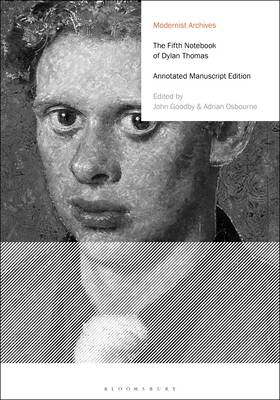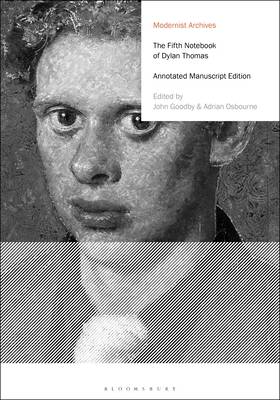
- Afhalen na 1 uur in een winkel met voorraad
- Gratis thuislevering in België vanaf € 30
- Ruim aanbod met 7 miljoen producten
- Afhalen na 1 uur in een winkel met voorraad
- Gratis thuislevering in België vanaf € 30
- Ruim aanbod met 7 miljoen producten
Zoeken
Omschrijving
Between May 1930 and August 1935, Dylan Thomas kept numerous notebooks of poems. They contain the drafts of almost all of the work that would form his first two reputation-making collections, 18 Poems (1934) and Twenty-five Poems (1936), and many of those in his third collection, The Map of Love (1939). Thomas sold four of the notebooks, spanning May 1930 to May 1934, to the University of Buffalo in 1941. However, the existence of a fifth notebook, covering the period June 1934 to August 1935, was unknown until 2014, the centenary of his birth.
The Fifth Notebook of Dylan Thomas makes this newly-discovered text available to readers and researchers for the first time. It contains the only existing MSS versions of Thomas's most challenging poems, 'I, in my intricate image' and 'Altarwise by owl-light', and fourteen other early poems. It contains facsimiles and full transcripts of the originals, is annotated throughout, and has a full scholarly introduction. Exploring the contexts of these brilliant and experimental lyrics - many with substantial reworkings and variant passages - this landmark publication sheds new light on the creative practice of one of the most important and well-known poets of the twentieth century.
The Fifth Notebook of Dylan Thomas makes this newly-discovered text available to readers and researchers for the first time. It contains the only existing MSS versions of Thomas's most challenging poems, 'I, in my intricate image' and 'Altarwise by owl-light', and fourteen other early poems. It contains facsimiles and full transcripts of the originals, is annotated throughout, and has a full scholarly introduction. Exploring the contexts of these brilliant and experimental lyrics - many with substantial reworkings and variant passages - this landmark publication sheds new light on the creative practice of one of the most important and well-known poets of the twentieth century.
Specificaties
Betrokkenen
- Auteur(s):
- Uitgeverij:
Inhoud
- Aantal bladzijden:
- 208
- Taal:
- Engels
- Reeks:
Eigenschappen
- Productcode (EAN):
- 9781350103832
- Verschijningsdatum:
- 3/09/2020
- Uitvoering:
- Hardcover
- Formaat:
- Genaaid
- Afmetingen:
- 170 mm x 244 mm
- Gewicht:
- 535 g

Alleen bij Standaard Boekhandel
+ 305 punten op je klantenkaart van Standaard Boekhandel
Beoordelingen
We publiceren alleen reviews die voldoen aan de voorwaarden voor reviews. Bekijk onze voorwaarden voor reviews.








